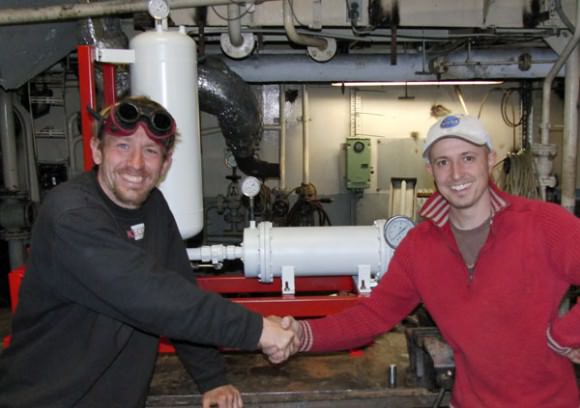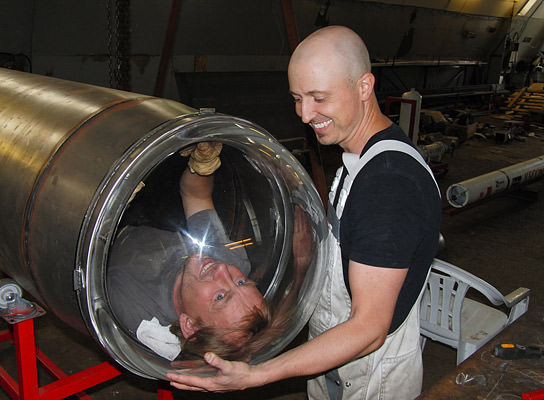E
EarthlingX
Guest
http://www.nasahackspace.org : Student RockSat Prepares For Launch
Posted by Keith Cowing on June 11, 2010 1:53 PM

University students and professors from across the country and Puerto Rico will converge on NASA's Wallops Flight Facility in Virginia this month to learn how to build small experiments that can be launched on sounding rockets. This is part of a week-long workshop, known as RockOn!, that begins June 19.
For more information on RockOn! and RockSat, visit: http://spacegrant.colorado.edu/rockon
For more information about NASA's education programs visit: http://www.nasa.gov/educationrockon":3ity64v6 said:RockOn 2010 Registration Is Now Active

NASA's Sounding Rocket Program Office is providing the rocket for the workshop. For more information about the office, visit: http://sites.wff.nasa.gov/code810
RockSat 2010 Payload Canister User's Guide RockSat 2010 Payload Canister User's Guide














